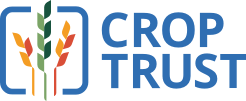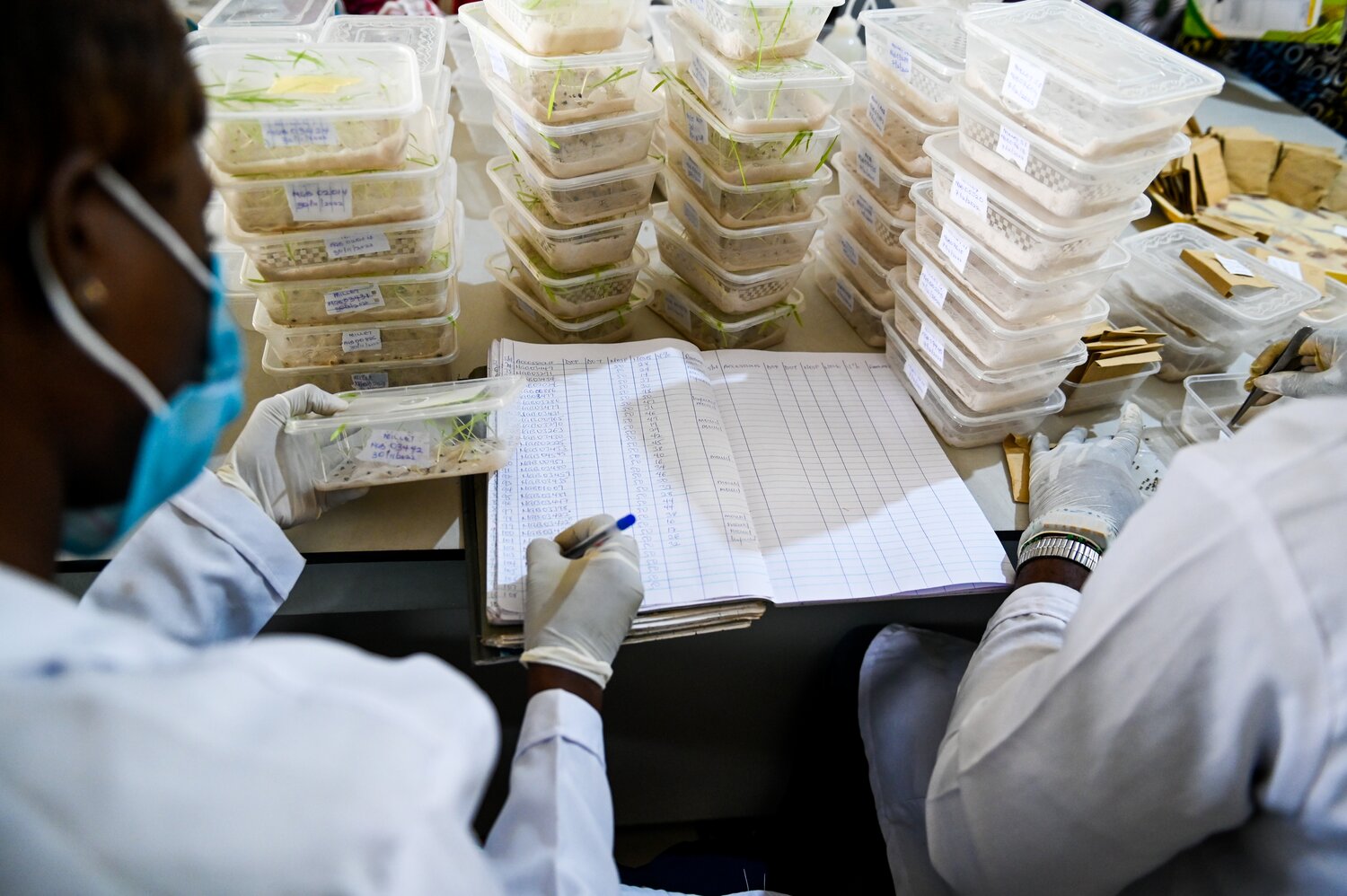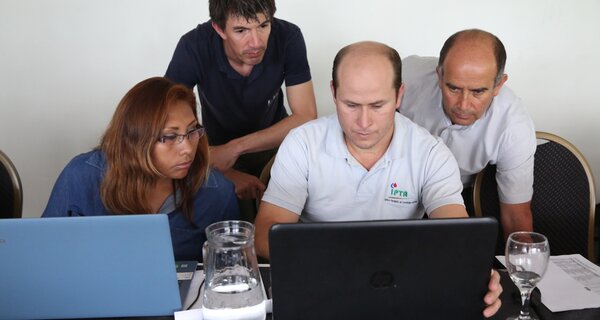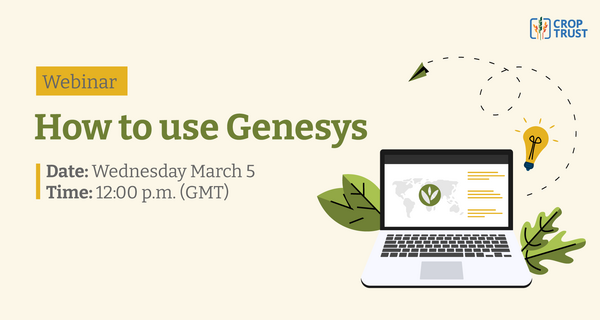How Digital Tools Help Us Conserve the World’s Seeds — and Use Them
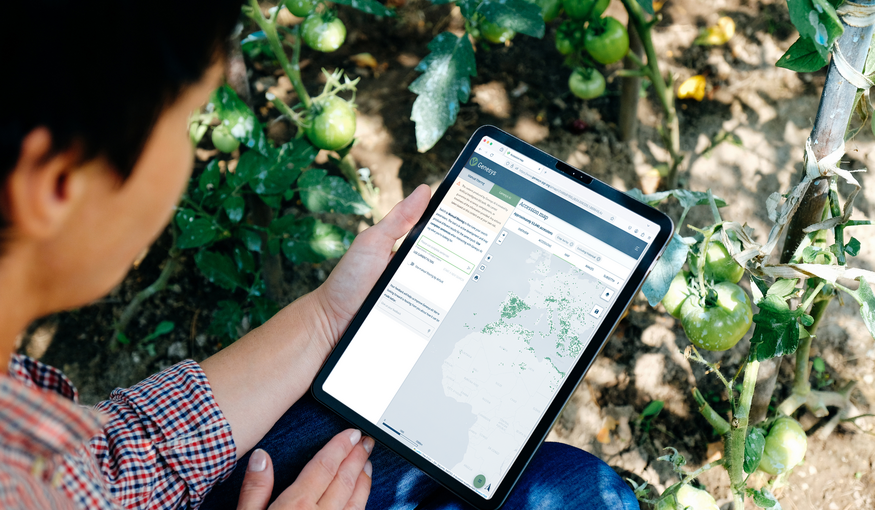
17 March 2025
Imagine a library filled with millions of books. Some are decades old, while others are newly published. People can access these books to get information, investigate problems and come up with ideas for solutions to challenges. Now, imagine that instead of books, this library holds seeds, tiny capsules of crop diversity. Such seed libraries exist: they’re often called genebanks. And they too can be used to solve a problem – feeding the world.
Genebanks store seed samples from around the world and thus ensure that researchers, breeders and farmers can access the diversity they need to develop better crops that can withstand droughts, resist diseases or grow in poor soils. But maintaining such extensive collections is no easy task. Every seed sample follows a long journey both to get to the genebank and once it arrives. Each needs to be carefully handled, stored, documented, catalogued and monitored to ensure it remains usable by future generations.
The Challenge of Preserving Seeds
Storing seeds for future generations is not simple. Seeds are living organisms, just not actively growing, for now. Just like books, they can deteriorate over time, losing their ability to sprout. To keep them viable, genebanks must dry and freeze them under carefully controlled conditions. But that's just the beginning. Each seed sample that enters a genebank needs to be identified, measured, labelled and tracked. The task is monumental – like managing a library, where each book has unique characteristics, and could be vital to our future, but also an expiration date.
For many genebanks, particularly in countries with limited resources, this work of keeping track of their seeds is incredibly challenging. They have often kept their records on paper or in outdated databases. Errors and gaps have proliferated. But digital tools are transforming the way genebanks operate, making the work faster, more accurate, more efficient and more accessible to the world.
Behind the Scenes: The Power of GGCE
Meet GRIN-Global Community Edition (GGCE), a powerful digital tool designed to help genebank staff manage their collections. GGCE automates tasks that once required endless paperwork and manual data entry.
GGCE allows genebanks to:
- Record detailed information about each seed sample, including origin, traits, and storage conditions.
- Track every step in the sample’s journey from arrival at the genebank to distribution.
- Monitor seed viability, ensuring that stored samples remain healthy over time.
- Use barcodes and handheld devices to record data faster and more accurately.
“You can actually start looking at trends, for example, to see what months of the year are busier with requests or other tasks, so that you can manage your workloads better and react quicker,” says Juan Carlos Alarcón, Genebank Information System Officer at the Crop Trust.
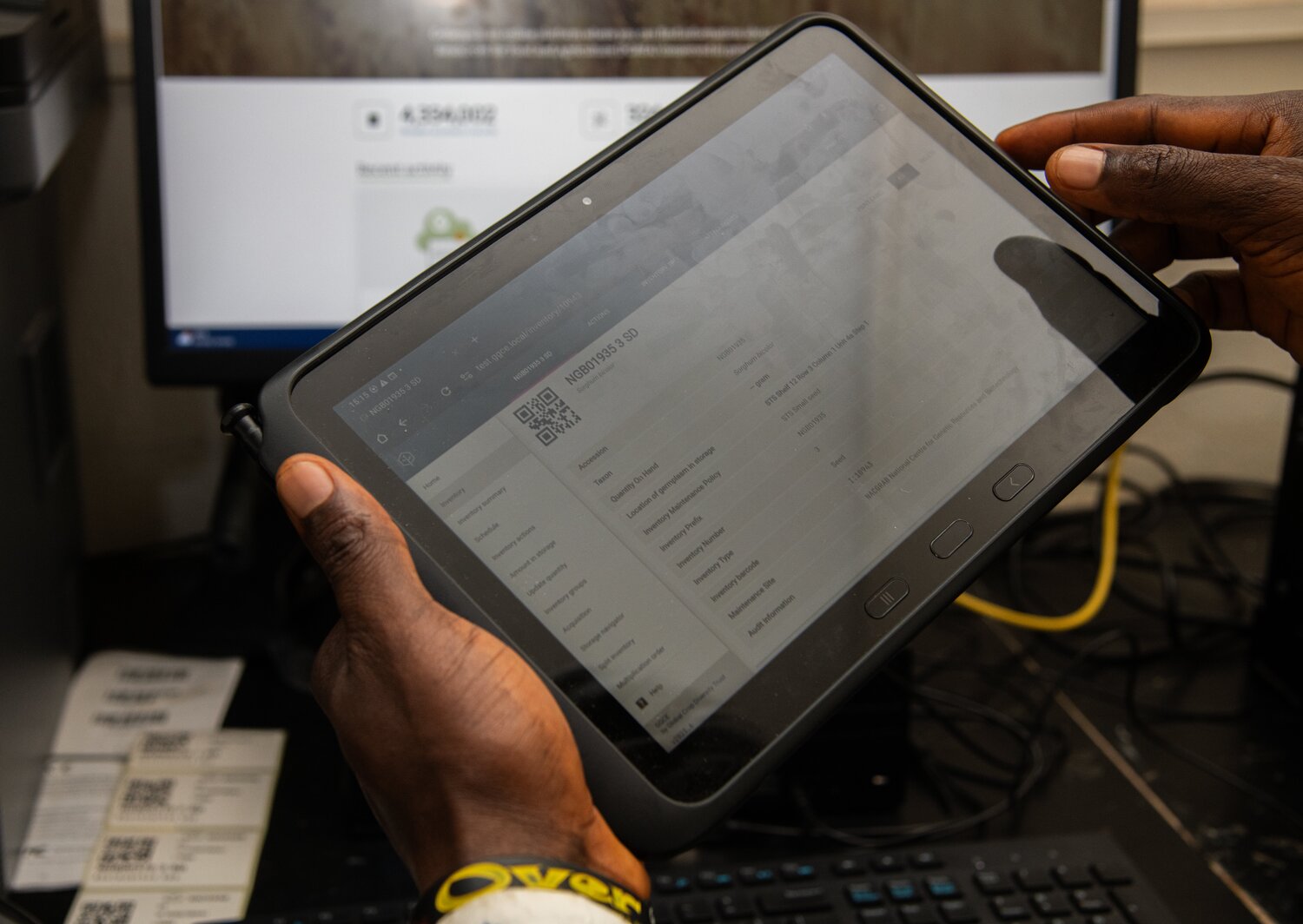
Each seed in the NACGRAB genebank is now stored with passport information using GGCE that allows staff to print an individual QR code and label. Photo: Georgina Smith/Crop Trust
Bringing Genebanks to the World: Genesys
While GGCE works behind the scenes to help genebanks manage their seeds, another digital tool, Genesys, acts as the public catalogue. Genesys is an online portal where researchers, plant breeders and policymakers can search for seeds stored in genebanks across the globe. It provides a single access point to crop diversity that might otherwise be spread among multiple databases. As of 2025, Genesys holds over four million accession records from more than 500 genebanks.
Genesys allows users and genebanks to:
- Find out where specific diversity is stored around the world.
- Search for seeds based on traits like drought resistance, disease tolerance or geographical origin.
- Request samples for research, breeding and direct use.
The platform has recently introduced Genesys AI, a natural language search tool that simplifies the discovery process. Users can now search using queries like "I am looking for rice collected after 2010 in Malaysia and held by IRRI," with results delivered almost immediately.
"Many genebanks already participate in Genesys, but that’s not enough," says Matija Obreza, head of genebank information systems at the Crop Trust. "We would like all genebanks to become part of Genesys. This would ensure that their users have access to the most comprehensive and up-to-date information, which translates into new crop varieties that are better suited to the changing needs of agriculture. And that is also good for the genebanks themselves because they can point to impact."
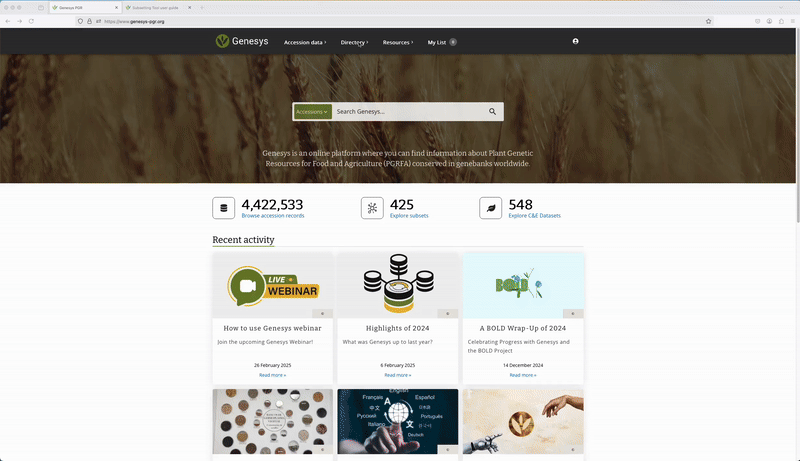
Training for Impact
These tools are already making a difference. With GGCE, genebanks can now manage their collections more efficiently, reducing the risk of losing seeds due to inappropriate management or lack of proper tracking. Genesys has made global seed data more accessible than ever, fostering international collaboration in plant breeding and research.
To maximize the impact of GGCE and Genesys, training and collaboration are essential. The Crop Trust organized six regional workshops on data management in genebanks since 2019, attended by ten international genebanks and national genebanks of 33 countries.
Recently, our largest workshop on genebank data management to date was held in Bogotá, Colombia. Over 36 representatives from 14 organizations across 12 countries in Latin America gathered to enhance their skills in using these tools. Organized by the Crop Trust in collaboration with AGROSAVIA, the event provided a space for genebank staff to share their experiences and learn how to take full advantage of these digital tools, improving efficiency and expanding access to critical plant genetic resources.
Investing in the Future
By empowering genebanks with tools and training, the Crop Trust ensures that the genetic building blocks of agriculture are preserved for generations to come. However, the work is far from complete. Continued investment in technology, training, and collaboration is essential to scale these solutions and adapt to new challenges.
Future updates to GGCE will further streamline collection management, while Genesys continues to expand its capabilities, including multilingual support to make seed data accessible to an even wider audience. With continued investment in digital tools, the future of crop conservation looks bright.
Genebanks are the guardians of the world’s crop diversity. With powerful digital tools at their disposal, they can do their work more effectively. These innovations ensure that the seeds of today can secure food for tomorrow, helping humanity thrive in an ever-changing world.
So next time you enjoy a plate of rice, a slice of bread or a juicy tomato, remember that behind every bite, there’s a seed. And behind every seed, there’s a genebank – and now, a digital revolution ensuring those seeds are safe for generations to come.
Categories: For Partners, For Students, Data & Information Systems, Food Security
